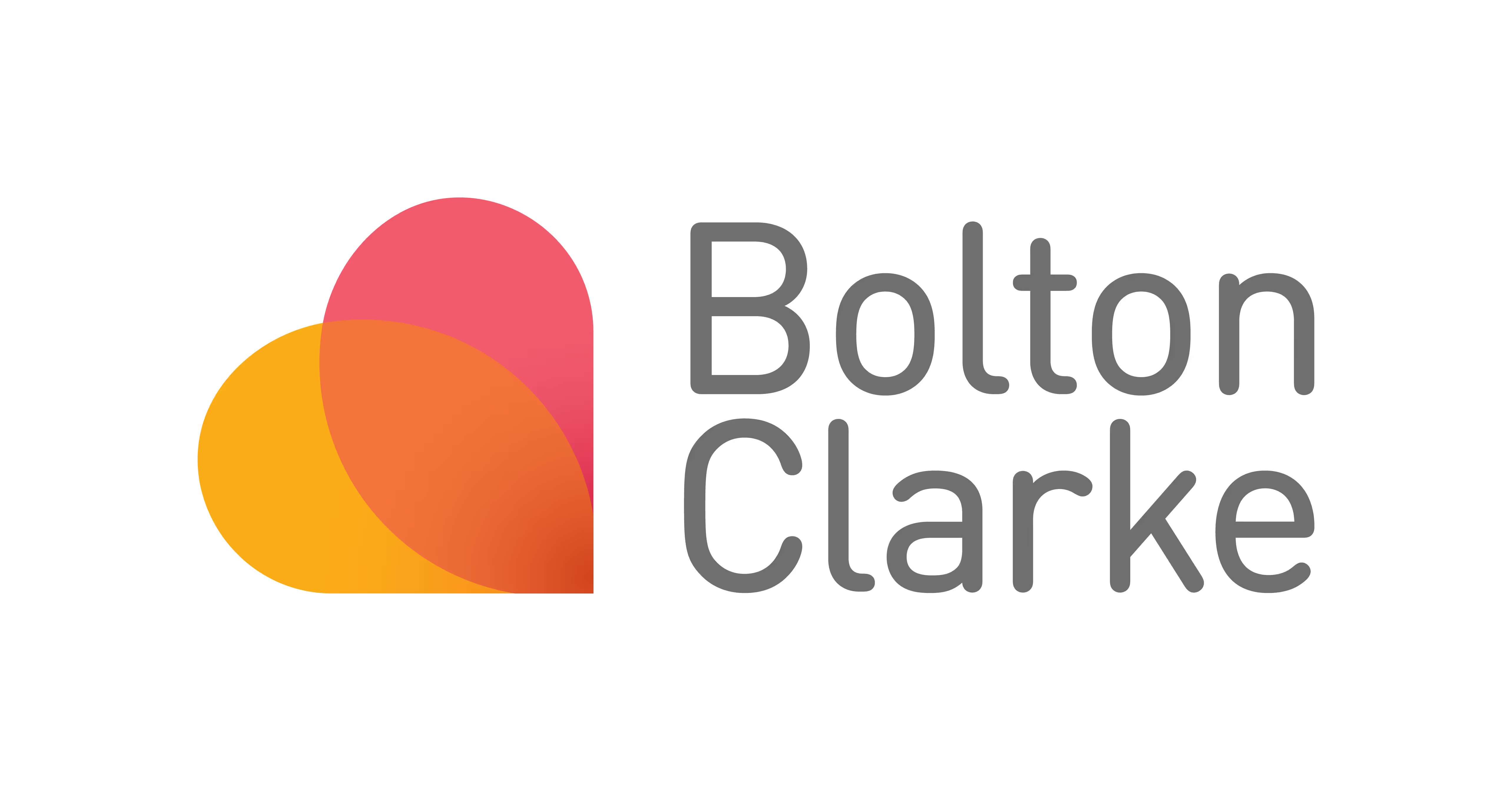Blink. And reach the entire organization with your internal communication software
Our internal communications software reaches your entire team and gets everyone pulling in the right direction. It’s the fastest way to improve internal communications best practices in your organization.


Getting internal communications right for your organization
Big companies spend a lot of money building custom solutions to foster employee communication, but these seldom inspire collaboration between teams or tiers.
Blink’s employee engagement app is an internal communications software that’s more than just a company intranet solution. It can be the backbone of an internal communication strategy that reaches employees in the field and in the office
With Blink, you can publish updates and schedules, employees can find what they need more easily across platforms, and everyone in your organization can work collaboratively regardless of where they are — all through a single portal.



How to boost internal communications with Blink
Reach people at their desks, waiting for a flight, or on the factory floor. Blink is the leader in mobile-first employee engagement apps. It runs securely on your employee’s personal devices and offers a range of features — Chat, Feed, Hub, Surveys — designed to bring your organization together and make internal communications easier than ever before.
Blink has transformed the employee experience across every type of frontline employee: bus drivers, restaurant workers, field engineers, and more.


"The team promised us Blink would be really easy to set up... And they were right! The competitors we looked at took months to set up— and required lots of heavy lifting on our part. Not Blink. It was way, way easier than we could possibly have hoped for."
Explore Blink features
Single sign-on
One-click access to all your applications from within Blink. Secure SSO that IT, security, and users will love.
Integrations
Deliver your existing tools to all of your employees. Drive software adoption and empower staff to succeed.
Blink assist
Blink assist helps every employee create, edit, and refine their communications with confidence.
Analytics
Gain insights and data on the people and teams in your organization to improve your employee experience.
Trusted by the world's leading brands





.svg)

.svg)
















Frequently asked questions
All your questions about employee communication answered. Email help@joinblink.com if you have any others.
What is internal communication?
Internal communication is defined as the sharing of information within a business or organization. This extends to sharing ideas, internal comms strategies, and values as well.
While there are lots of ways to define internal communication, the ultimate purpose of internal comms is to help a business or organization achieve its objectives effectively. This goes beyond telling employees what to do; the role of ic (internal comms) is about creating a shared meaning and understanding so employees work together to achieve the same goal.
Why is exploring internal communication important?
Internal communication is a critical part of any organization’s operations.
Businesses with strong internal communication in the workplace have more engaged, more productive, and happier employees. Strong internal comms is also linked to less employee turnover, which means businesses who prioritize internal communication often make more money as a result.
Employees want internal comms too. In fact, studies show that employees (whether in office, remote, or deskless) rank frequent and effective employee communication as one of the top behaviors that creates a positive experience at work. The same study also reveals that internal communications managers consider open communication to all employees “one of the top initiatives they would like to see their organizations focus on.”
At the end of the day, effective internal comms pays off, with companies with highly engaged workforces outperforming their competitors by 147% in earnings
What types of internal communication are there?
Internal communication encompasses any information created for and intended for employees only. There are endless examples of internal communication, and plenty of internal communications best practices to swot up on. These range from annual reports, benefits programs, emails, and face to face meetings to manager toolkits and surveys.
How can you improve internal communication?
How to improve internal communication depends on factors like the state of your business’s current internal comms as well as where you want to go. But companies with great internal communication all have one thing in common: they identify a specific comms challenge within their company and look for a tool or strategy to solve it.
Analyzing what is and isn’t working is the first step. When you know what internal comms issues are impeding effective collaboration and stalling productivity, you can identify the right tools and strategies to remedy the situation.
In today’s digital world, internal comms needs to focus on engagement to be truly effective. This means incorporating internal communications strategies such as:
- Using communication tools that work for everyone
- Prioritizing communication and engagement
- Involving all employees at every level
- Hosting an internal communication blog
- Keeping lines of communication open
- Giving frequent feedback
- Having fewer meetings
- Investing in a communication platform
- Adopting a more integrated approach to internal comms
- Using more productive comms strategies
- Tracking how employees using comms tools
- Running training and workshops to improve manager to employee communication
Creating your own internal communication strategy is a big task, but you can look to [companies with great internal communication](https://joinblink.com/blog/11-companies-with-great-organizational-communication-and-how-you-can-follow-suit) to emulate their strategies in your own planning.



